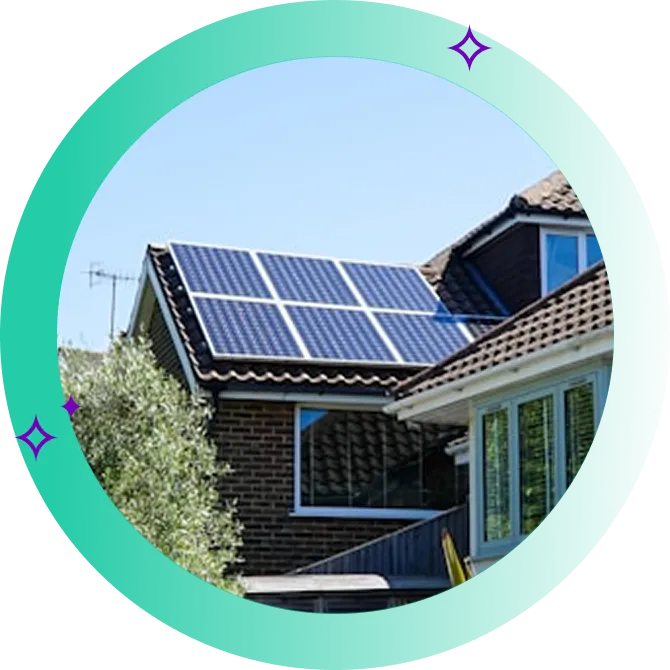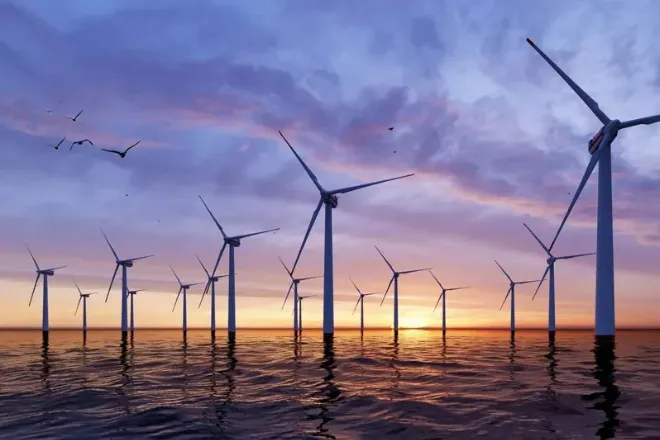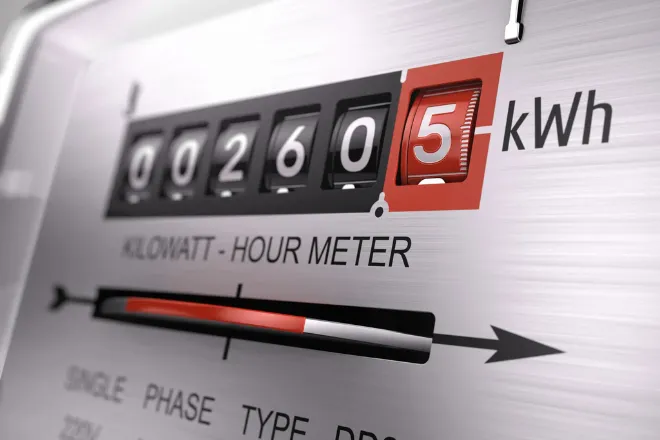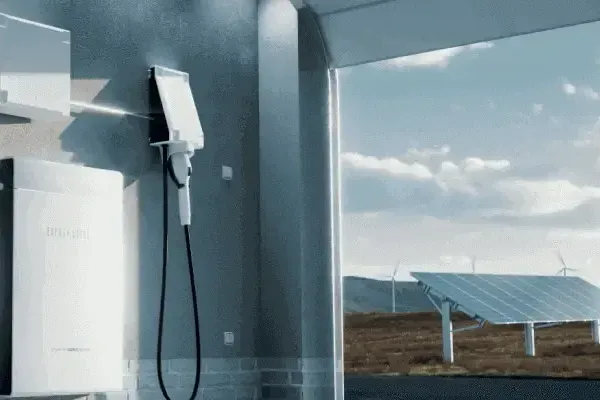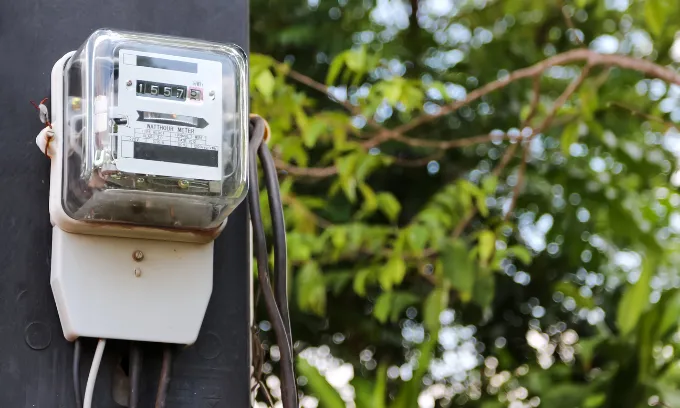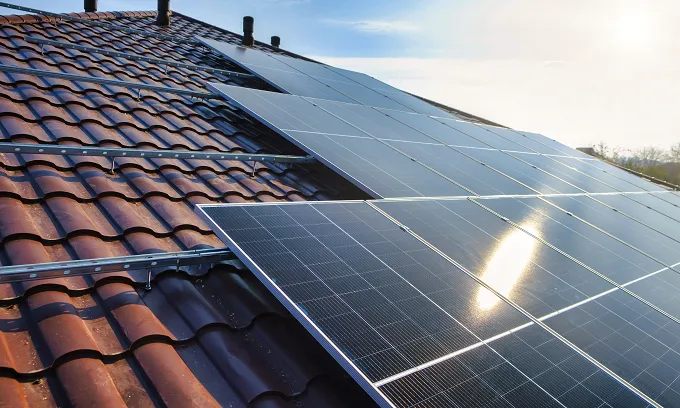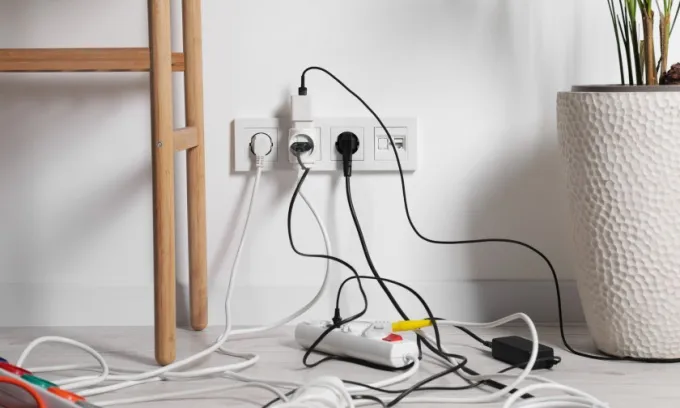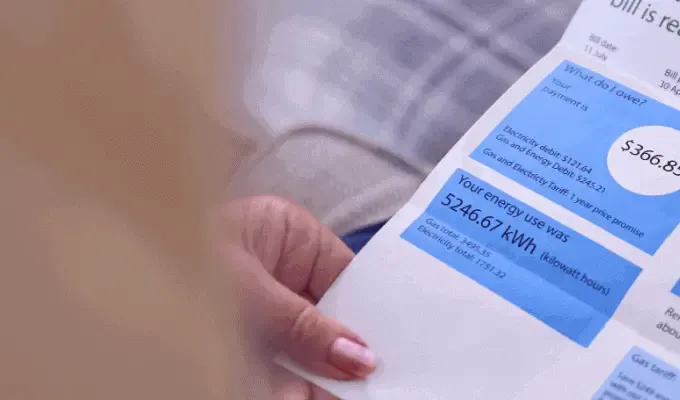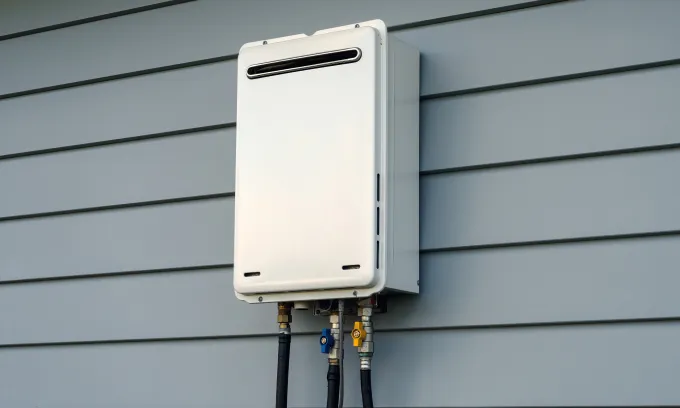Solar feed-in tariffs in NSW explained
New South Wales (NSW) is home to more than a million rooftop solar installations in 2024, second only to Queensland (QLD). It’s no surprise NSW homeowners are embracing solar with open arms, with one-third of them owning rooftop solar.
If you own a solar system, you can sell your excess solar through a feed-in-tariff (FiT).
A solar FiT, also known as a solar buy-back scheme, is a bill credit paid for every kilowatt hour (kWh) of excess solar you export to the grid. Exported solar reduces grid strain during times of high demand. Ultimately, a solar FiT could also significantly lower your power bills.
A solar FiT comes as a feature on most electricity plans. With most electricity providers offering plans with FiTs, committing to just one can be overwhelming.
What are the best solar feed-in tariffs in NSW?
Below are some of the highest solar feed-in tariffs on the Ausgrid network, according to Canstar's database.
Provider | Plan name | Est. annual cost (inc. all discounts) | Est. annual cost (ex. conditional discounts) | Reference price comparison (Basic Plan Information) | Solar feed-in tariff (c/kWh)* | General usage charges (c/kWh)* | Supply charges (c/day)* |
|---|---|---|---|---|---|---|---|
ENGIE | NSW _ENGIE Solar - NRMA Elec | $1,945 | $1,945 | 1% less | 10c/kWhfor the first 8kWh per day, 5.5c/kWh thereafter | 40.11c to 42.12c | 109.65c |
ENGIE | NSW _ENGIE Solar Elec | $1,965 | $1,965 | Equal to | 10c/kWhfor the first 8kWh per day, 5.5c/kWh thereafter | 40.11c to 42.12c | 109.65c |
Alinta Energy | SolarBalance Go | $1,926 | $1,926 | 2% less | 10c/kWhfor the first 10kWh per day, 5c/kWh thereafter | 38.87c | 112.13c |
AGL | Residential Solar Savers - New To AGL | $1,808 | $1,808 | 8% less | 8c/kWhfor the first 10kWh per day, 4c/kWh thereafter | 36.96c | 100.24c |
Who offers the best solar feed-in tariffs in NSW?
ENGIE currently has one of the best solar feed-in tariffs in NSW (on our database).
Eligible customers on a single rate tariff can get 10 cents per kilowatt hour (c/kWh) for the first 12kWh per day before receiving a rate of 5.5c/kWh for any remaining exports.
Is there a minimum feed-in tariff in NSW?
There’s no set minimum feed-in tariff rate in NSW.
However, there is a benchmark range of 4.8 to 7.3c/kWh, according to the Independent Pricing and Regulatory Tribunal (IPART).
How do I know what my solar feed-in tariff is?
It can be found by reading your energy bill, listed under the summary charges found on its second page — this section also covers how much energy you’ve exported back to the grid and the bill credits you’ve been paid.
Your FiT will also be listed on the relevant energy fact sheet on your energy retailer’s website, detailing your plan’s rates, fees, charges and other plan details.
Energy fact sheets are also called Basic Product Information Sheets (BPIDs) in NSW, QLD and SA.
On the results page of Canstar’s comparison platform, we’ve listed a plan’s solar FiT as a bullet point next to each plan.
Important things to know about solar feed-in tariffs in NSW
Before simply choosing an electricity plan with the highest FiT, there are a few key things to know.
Types of solar feed-in tariffs in NSW
In NSW, there are two common types of solar FiTs — fixed solar FiTs and variable solar FiTs.
A fixed solar FiT simply pays you the same rate (in c/kWh), regardless of the amount exported or the time of day. This is the most common type of solar FiT.
Alternatively, a variable solar FiT pays you a rate (in c/kWh) that varies with certain conditions:
- Some variable solar FiTs offer higher rates for a capped amount of exported solar before decreasing to a lower rate each day (e.g. 10c/kWh for the first 10kWh per day, 5c/kWh after).
- Some variable solar FiTs offer different rates depending on the time of day (e.g. 10c/kWh between 10 pm-7 am, 5c/kWh after) — these are also called time-varying solar FiTs.
If you’re shopping around for a solar FiT, it’s important not to confuse one for the other, which can lead to the over or underestimation of FiT earnings.
A plan’s FiT and how it’s structured can be found on its BPID. On the results page of Canstar’s comparison platform, you can access a plan’s BPID by clicking on the ‘Basic Plan Information’ prompt.
Duration of solar feed-in tariffs in NSW
If your electricity plan with solar FiT has a specified contract length, that means your FiT will eventually expire. Your plan’s contract length will be listed clearly on your plan’s BPID.
To enjoy the same (or better) FiT rates, regularly review your plan before it expires.
By signing up for our email newsletter, we’ll remind you when it's time to review your electricity plan again.
Solar generation in NSW
A solar FiT is only as valuable as the amount of your excess solar you can export. If you have a solar system, there are a few ways you can monitor the amount of solar your system is exporting:
- Self-install a power usage monitor: A power usage monitor allows you to observe the amount of solar (in kWh) in real time. Prices will differ depending on the brand, make and model.
- Install your electricity provider’s app: Depending on your provider, you may have free access to an app with solar monitoring features.
Knowing how much excess solar your system is generating can help you estimate how much you stand to save on a solar FiT.
Sun tax in NSW
The sun tax, also called a two-way rooftop solar tariff, charges you for exporting solar to the grid during peak periods.
The grid can be significantly strained when there’s too much solar energy imported during peak periods of solar generation. The sun tax discourages the wholesale export of solar during times of extreme grid stress.
In NSW, customers on different distributor networks will pay different sun tax rates. An electricity distributor network is the region a company is responsible for when supplying electricity.
The two main distributors in NSW are Endeavour Energy and Ausgrid. Here’s how the sun tax impacts each distributor network.
- Starting on July 1, 2025, Endeavour Energy customers must pay a sun tax.
- Ausgrid won’t charge customers for the first 200kWh of solar exported every month, or for any exports between 4pm and 9 pm. However, you’ll be charged 1.23c/kWh (between 10am and 3pm) after you pass the threshold.
If you would like to bypass the sun tax, you can consider installing a solar battery. A solar battery stores excess solar for use at a different time — that includes exporting it during off-peak periods.
Electricity rates and solar feed-in tariffs in NSW
While there are some exceptions, a higher solar FiT could be hiding inflated usage and supply charges:
- Supply charges: A fixed cost (in c/day) you pay to remain connected to the grid.
- Usage charges: An ongoing cost in cents for every kWh of electricity you use.
Solar FiTs are more important if they save you more than you’re spending on any plan. On the other hand, a plan with higher base rates could cost you more than you save with a solar FiT.
However, that doesn’t mean all plans with higher FiTs and base rates can’t help you save money. This will depend on the size of your solar system.
Rooftop solar systems can come in sizes ranging from 1.5 kilowatts (kW) to 30 kW, although most households won’t require a system over 13kW. Here’s how your system’s size can impact your FiT earnings:
- If your large solar system is exporting plenty of excess solar, you may be able to justify paying higher base rates in exchange for a high FiT.
- If you have a small solar system (e.g. 1.5 kW) that barely produces excess solar, a plan with lower base rates will be a more cost-effective option.
It’s crucial that you don’t look at solar FiTs on their own. Always weigh its value in relation to a plan’s base rates and your solar system’s size.
Solar payback period in NSW
A solar system’s payback period refers to the time taken for solar-generated savings to cover the cost of buying and installing it.
In NSW, the average payback period for rooftop solar ranges between four and five years.
In reality, payback periods can vary significantly, depending on how much you spend upfront to install a system. The higher the upfront cost, the longer the payback period.
Generally, the size, make and model of the following components form the bulk of your upfront cost:
- Solar panels
- Solar inverters
- Solar batteries (optional)
If you’re interested in buying a solar system, it’s important to account for anything and everything contributing to the upfront cost.
The same can be said about anything that reduces its upfront cost. If you’d like to learn more about the ins and outs of rooftop solar, feel free to visit our solar guide.
Solar systems cannot be self-installed, so you’ll need to contract with a licensed solar installer, which may attract another upfront cost.
Our Best Solar Installers guide takes the guesswork out of choosing a good solar installer by collecting feedback from ordinary Aussies.
A solar installer can also assist you by making expert recommendations, helping you estimate how much you stand to save from any particular FiT.
Solar rebates in NSW
Installing a solar system isn’t a cheap affair. However, you may be eligible for federal or NSW government solar rebates.
Rebate name | Eligibility* | Rebate amount | Where to apply |
|---|---|---|---|
Solar for apartment residents | Owners' corporations or strata managers | 50% off the cost of a shared solar system for an entire apartment building | Apply on the NSW Climate and Energy action page. |
*For more eligibility information, visit the NSW Climate Energy and Action’s official website.
Source: NSW Climate Energy and Action, September 2025.
Self consumption of solar in NSW
While a solar FiT is one of the most popular ways to save money, it isn’t the only one.
As all electricity plans have usage charges higher than solar FiTs, using your excess solar to power your home instead of exporting it will save you more money.
To reduce how much electricity you’re drawing from the grid, the size of your solar system must be large enough to meet your day-to-day energy needs.
As mentioned earlier, installing a power usage monitor or your provider’s app will give you real-time access to your household’s energy patterns.
Keep in mind that larger systems generally cost more to purchase.
FAQs about solar feed-in tariffs in NSW
For most people, a FiT is only worth having if it helps reduce their power bills. Exporting solar is also one way for people to support the grid.
For rooftop solar owners, a FiT is not the only way to save money. Using excess solar to power your home could save you much more.
In reality, whether a solar feed-in tariff is worth it will depend on your situation.
Some energy providers offer solar-specific plans for customers looking to get more back from their solar systems. However, these are not always available.
It could be a short-term promotion or a requirement where customers must purchase an eligible solar system through an energy provider’s third-party installer.
We recommend checking the provider’s website for their terms and conditions.
According to Solar Choice, the average price of a 10kW solar system in Sydney is $7,590 as of September 2025.

